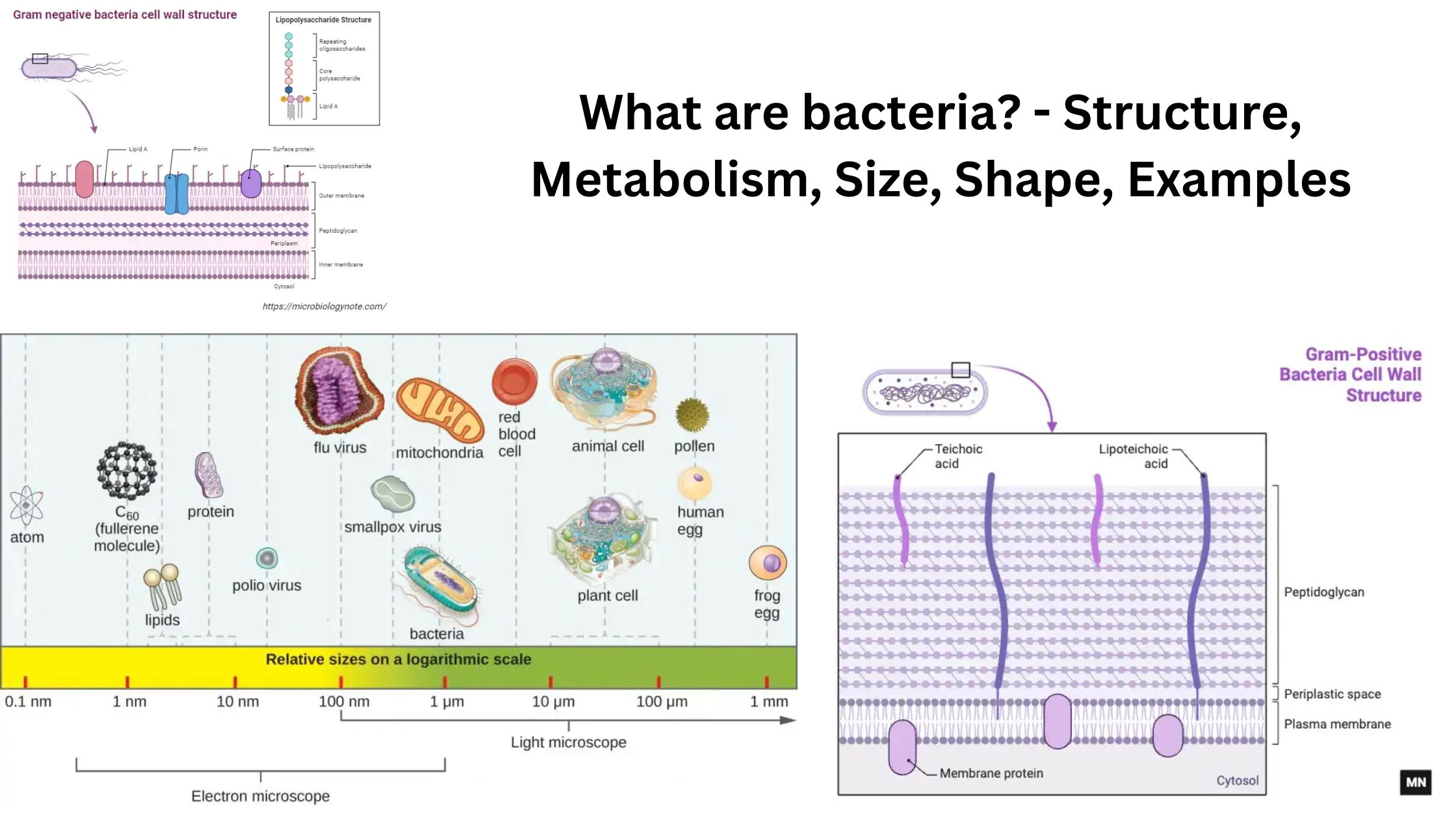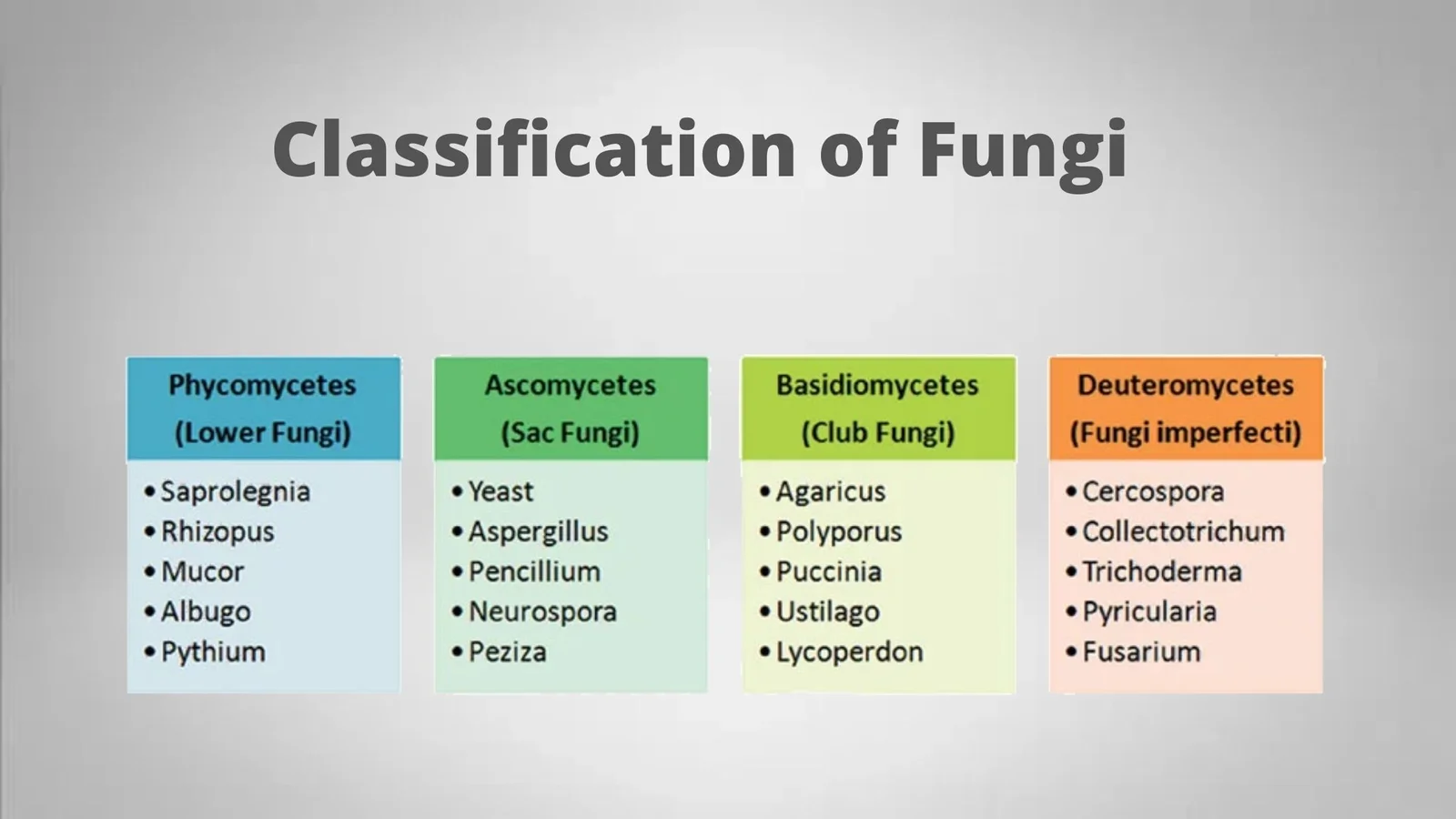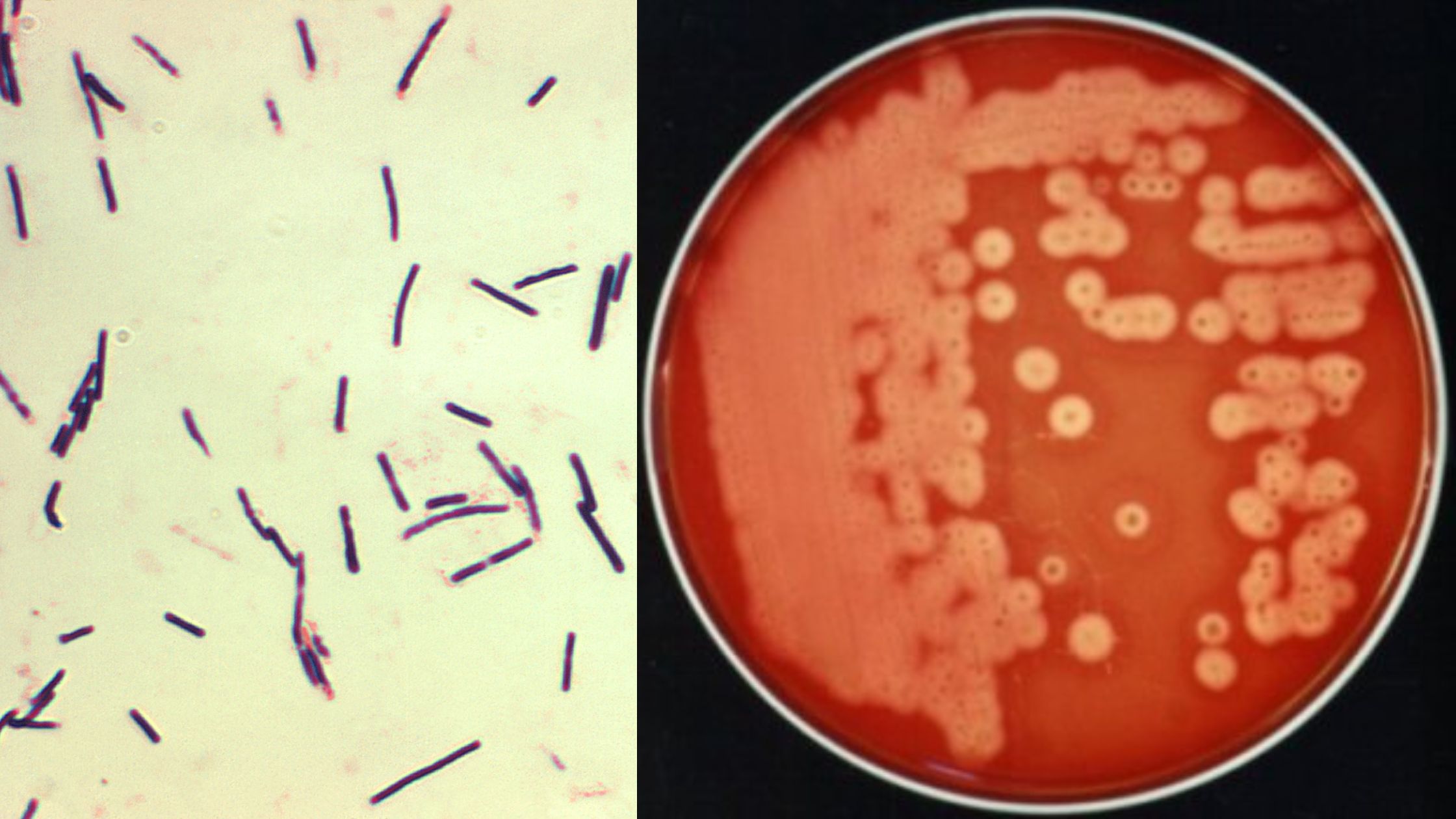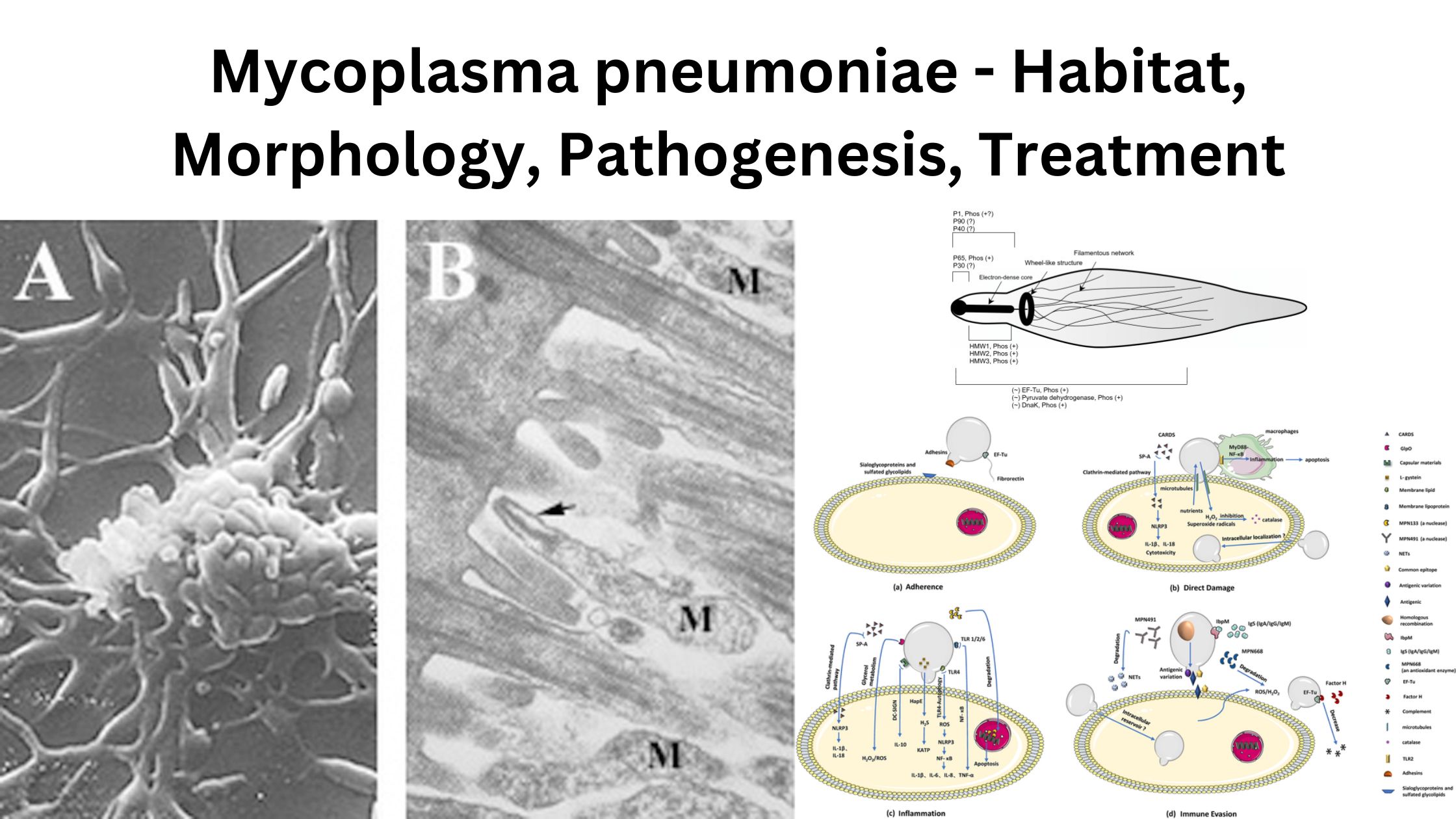Nostoc – Morphology, Life Cycle, Classification, Examples
What are Nostoc? Classification of Nostoc Nostoc belongs to the group of cyanobacteria, which are known for their ability to photosynthesize and fix nitrogen. The classification of Nostoc follows a systematic hierarchy that categorizes it at different taxonomic levels. Domain: Bacteria Phylum: Cyanobacteria Class: Cyanophyceae Order: Nostocales Family: Nostocaceae Genus: Nostoc Definition of Nostoc Nostoc … Read more









